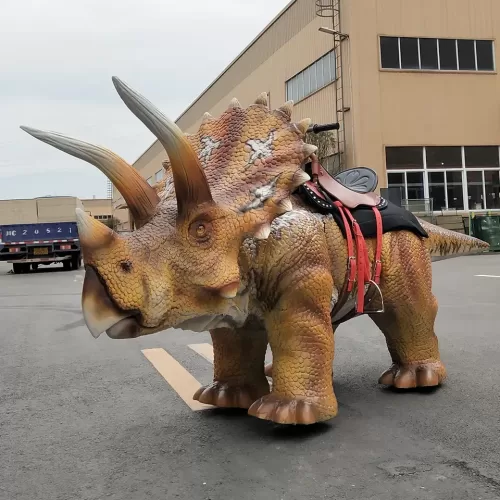
NO.2 BUILDING 9 SEM PARK NO.518 DANYANG STREET, Zigong, Sichuan, China
TEL: +86 13881419070
Email: [email protected]
WhatsApp: +13235717446
 Realistic Dinosaur Electric Ride
Realistic Dinosaur Electric Ride
 Mechanical Dinosaur Real-size Walking Hidden Legs Simulated Dinosaur Costume
Mechanical Dinosaur Real-size Walking Hidden Legs Simulated Dinosaur Costume
 Animatronic Halloween Model Haunted House Props
Animatronic Halloween Model Haunted House Props
 Attractive Life-size Dinosaur Model Realistic Robot for Exhibition
Attractive Life-size Dinosaur Model Realistic Robot for Exhibition
© Copyright 2014 - 2025 New Era Dino
Leave A Comment